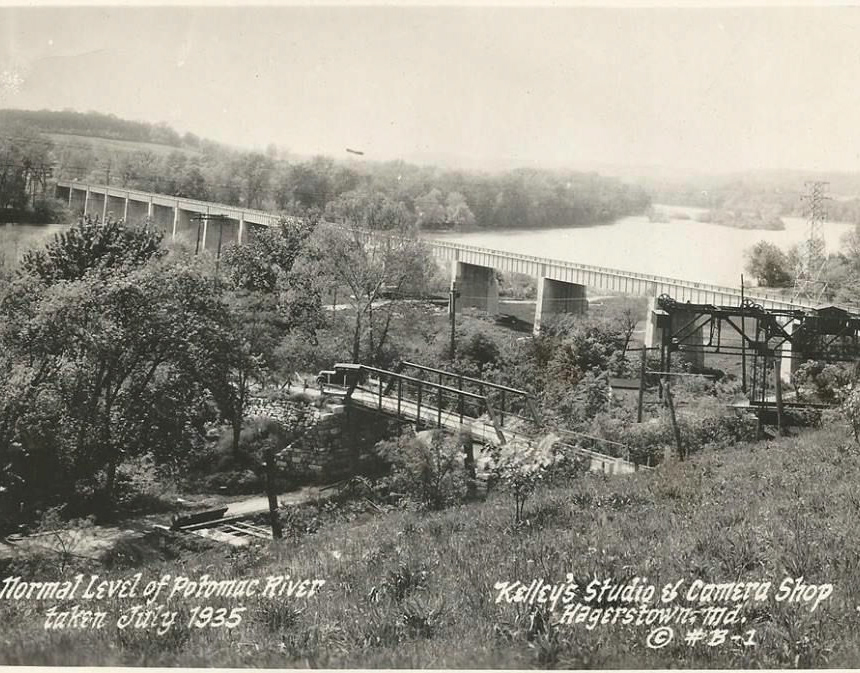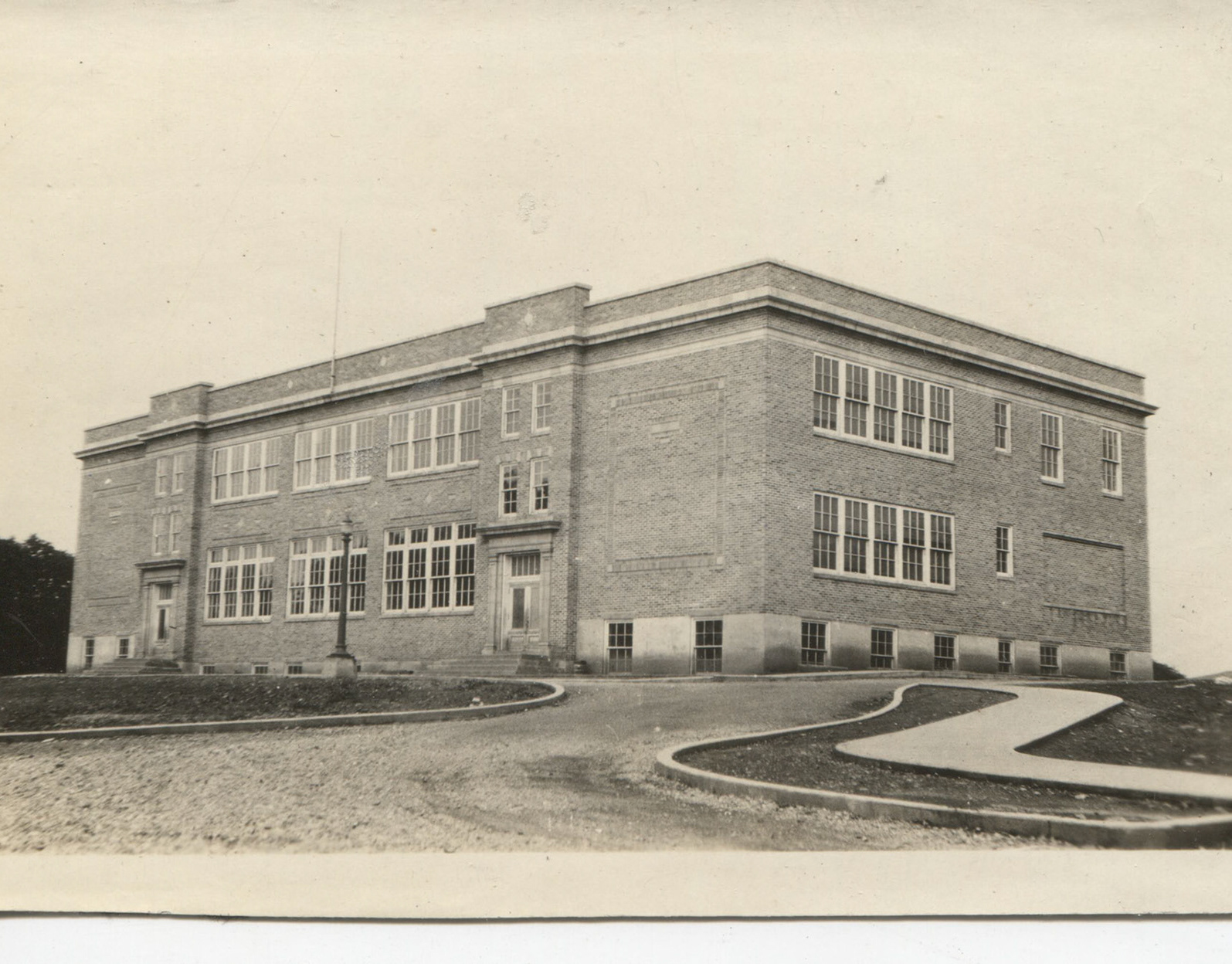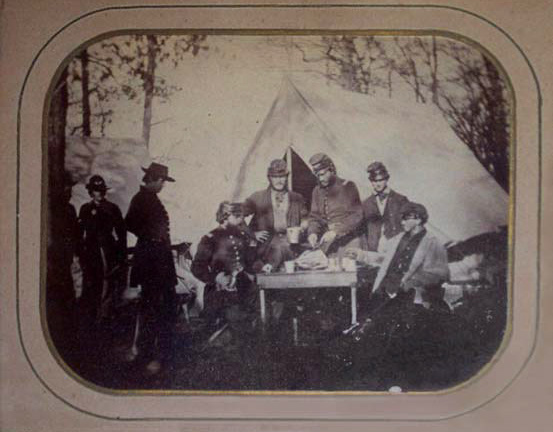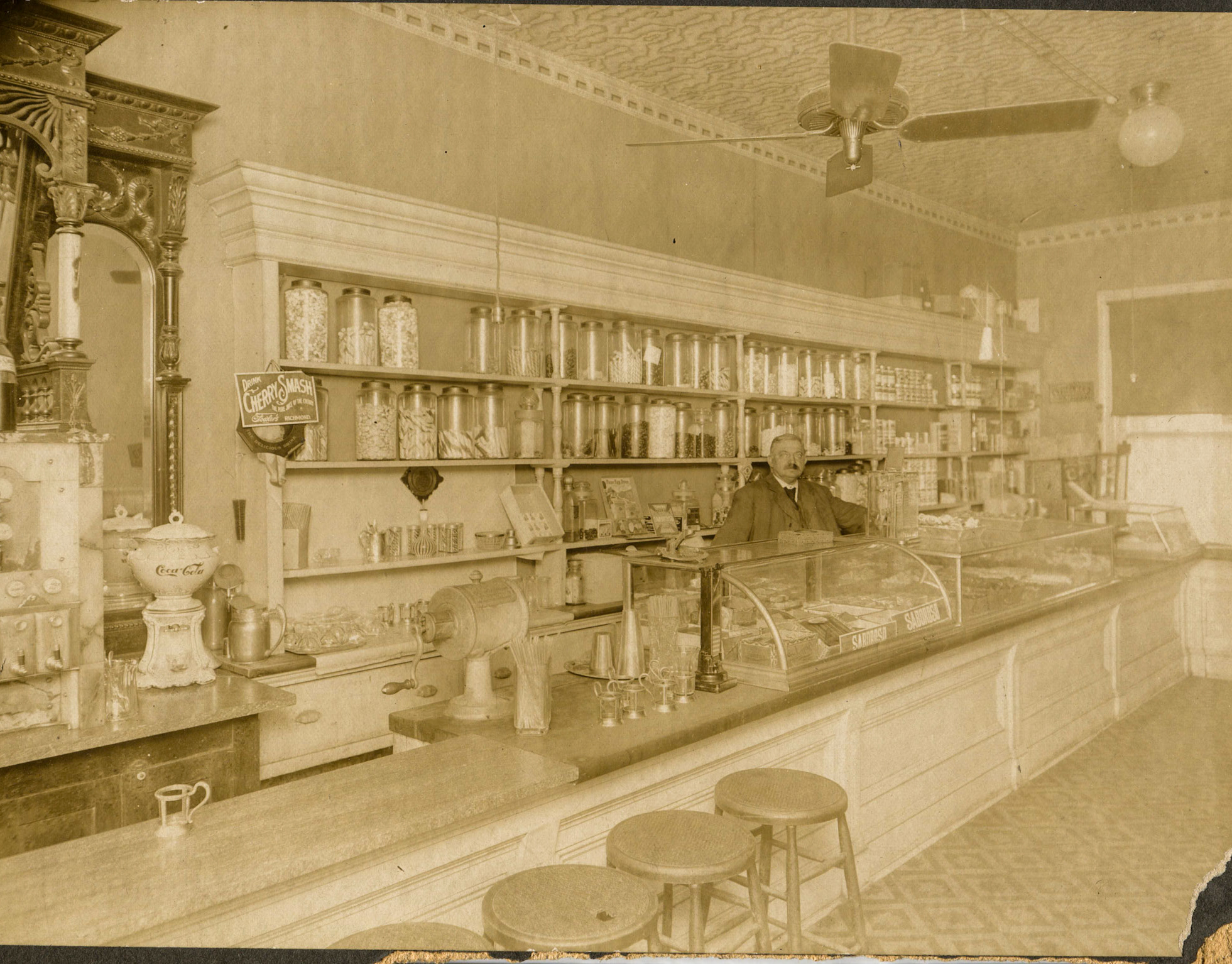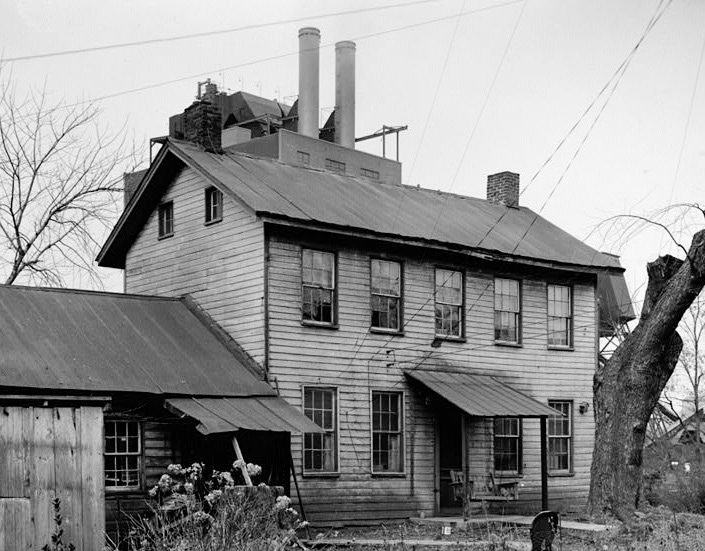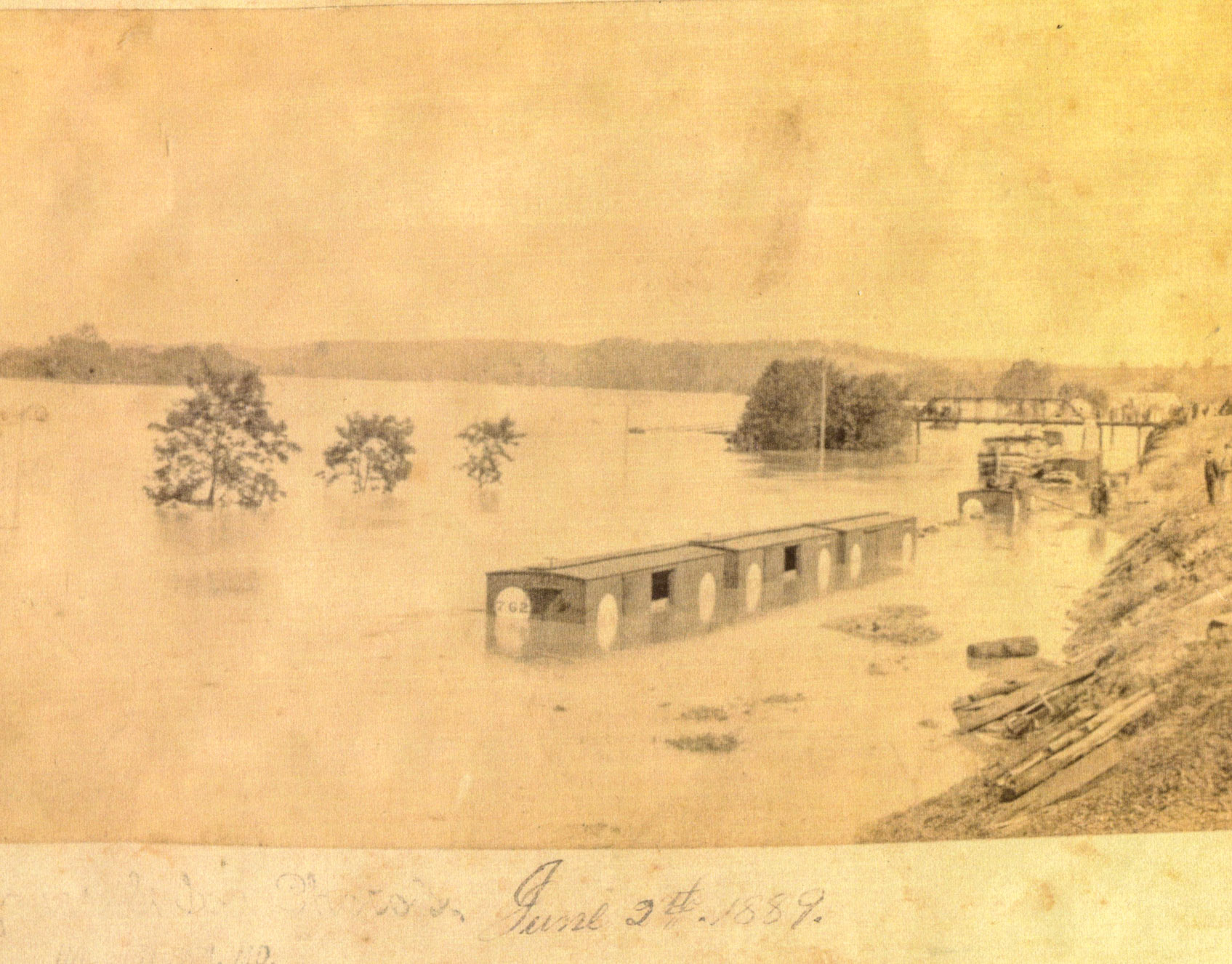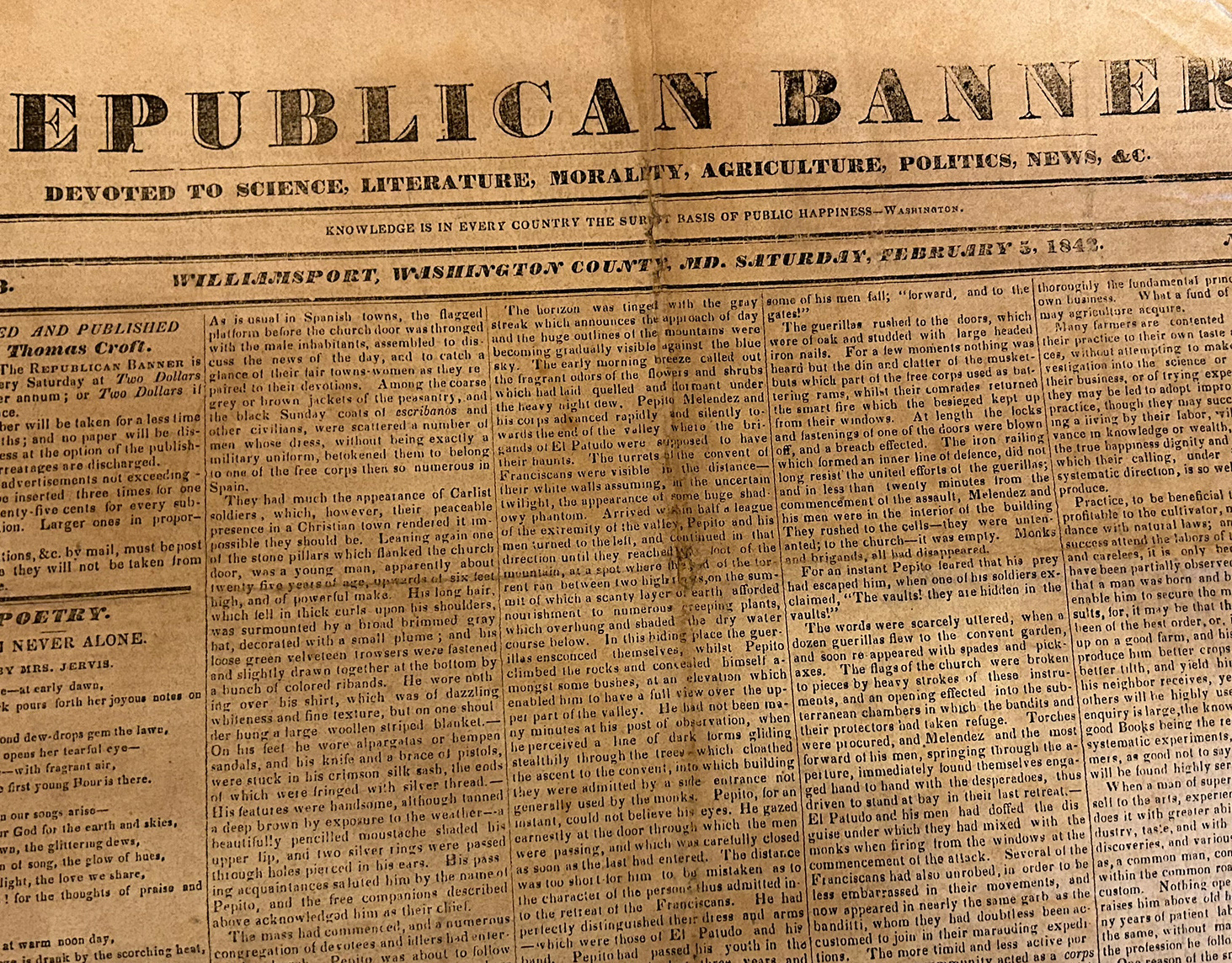Conomac Park at the Conococheague Bridge operated from 1921 until 1936.
Elizabeth Flora Lemen, known locally as "Bess," was born and lived her entire life in downtown Williamsport. She never married, although was financially very comfortable having inherited numerous properties in downtown Williamsport and the surrounding area from her father. Part of her inheritance was the "Old Lemen Farm," bottom land along the Conococheague Creek.
In May of 1921, Bessie opened the Conomac Park as a ball-field to showcase the talents of the Williamsport Baseball Association.
Soon everyone realized that after the game, the opportunity to cool off in the slow flowing, adjacent Conococheague Creek made the park a very, very popular destination.


During the hot summer weekend downtown Williamsport resembled an oceanside resort town. The Town Sheriff announce that if he caught any more bathers exposing themselves on the streets, or riding in cars while wearing only their bathing attire, they would be fined $5 for indecent exposure.
and the crowds poured into the park. . .
In the first year of business local restaurateur Sam Eckis opened a concession stand at the park to feed the hungry crowds.
and pavilions were erected. . .
In early 1924 Bess, collaborated with R. Paul Smith, President of the Williamsport Power Plant, and Hagerstown businessman Park W. T. Loy, to form Conomac Park Company, Inc.
That same year spring floods almost derailed the new company's plans, but by mid-summer the heat once again drew huge crowds to the park who were enjoying the fine new bathhouse and new dancing hall. . .
with maple floors, and Chinese lanterns, while dancers were entertained by the Maryland Garden Orchestra.
No extra money was wasted on an office.
Bess and her investors built one of the largest and fastest sliding boards in the State
a miniature railroad
a baby aeroplane swing
Flying horses on a carousel. . .
diving boards, baseball field and grandstand, tennis courts, a dancing pavilion, Conomac Park strived to offer every amusement available.
Conomac was a small park competing with much larger parks such as Pen Mar that offered glorious views and fresh mountain air. But Conomac had water, and lots of it.
Keeping the locals involved in 1926
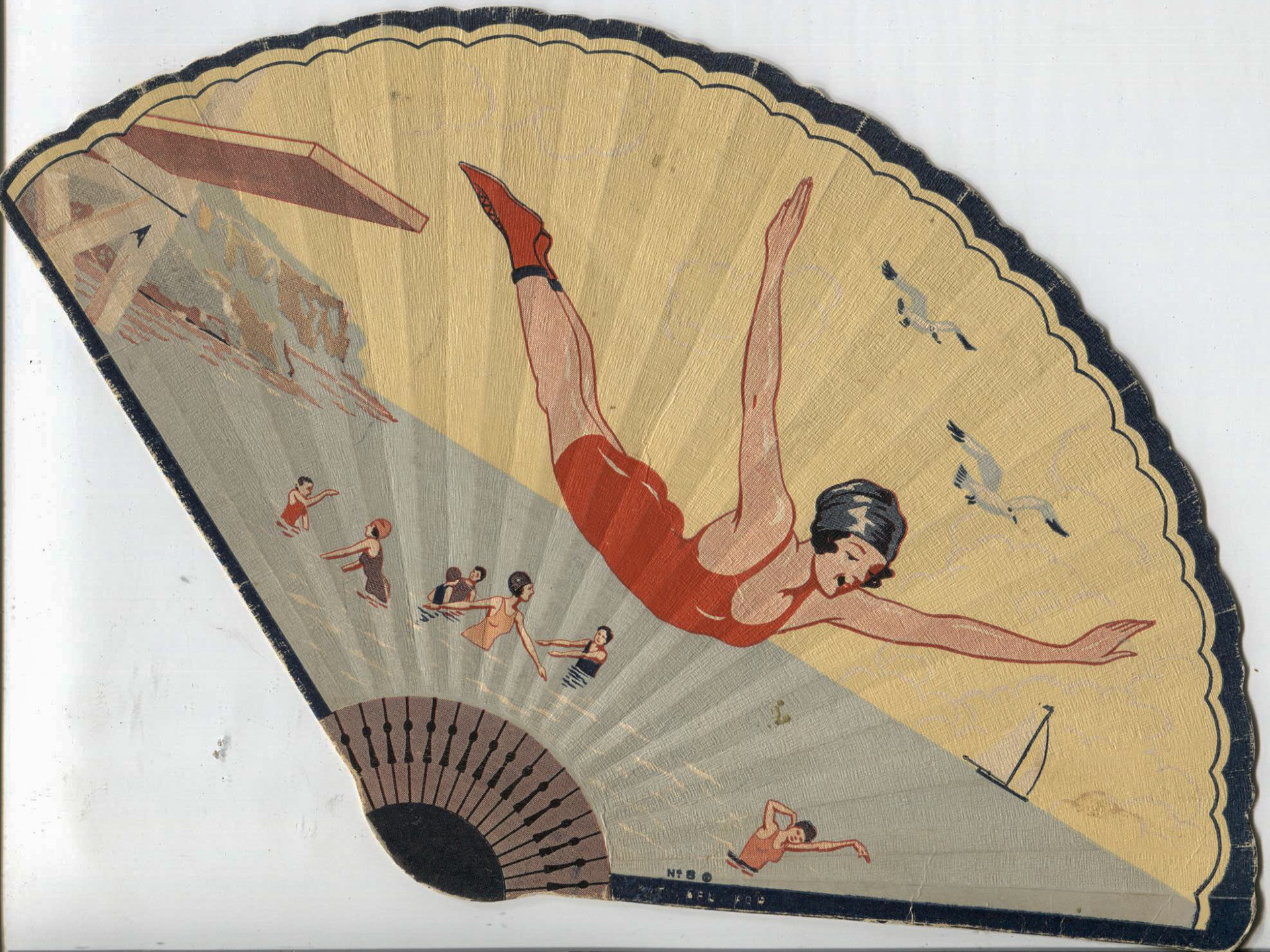
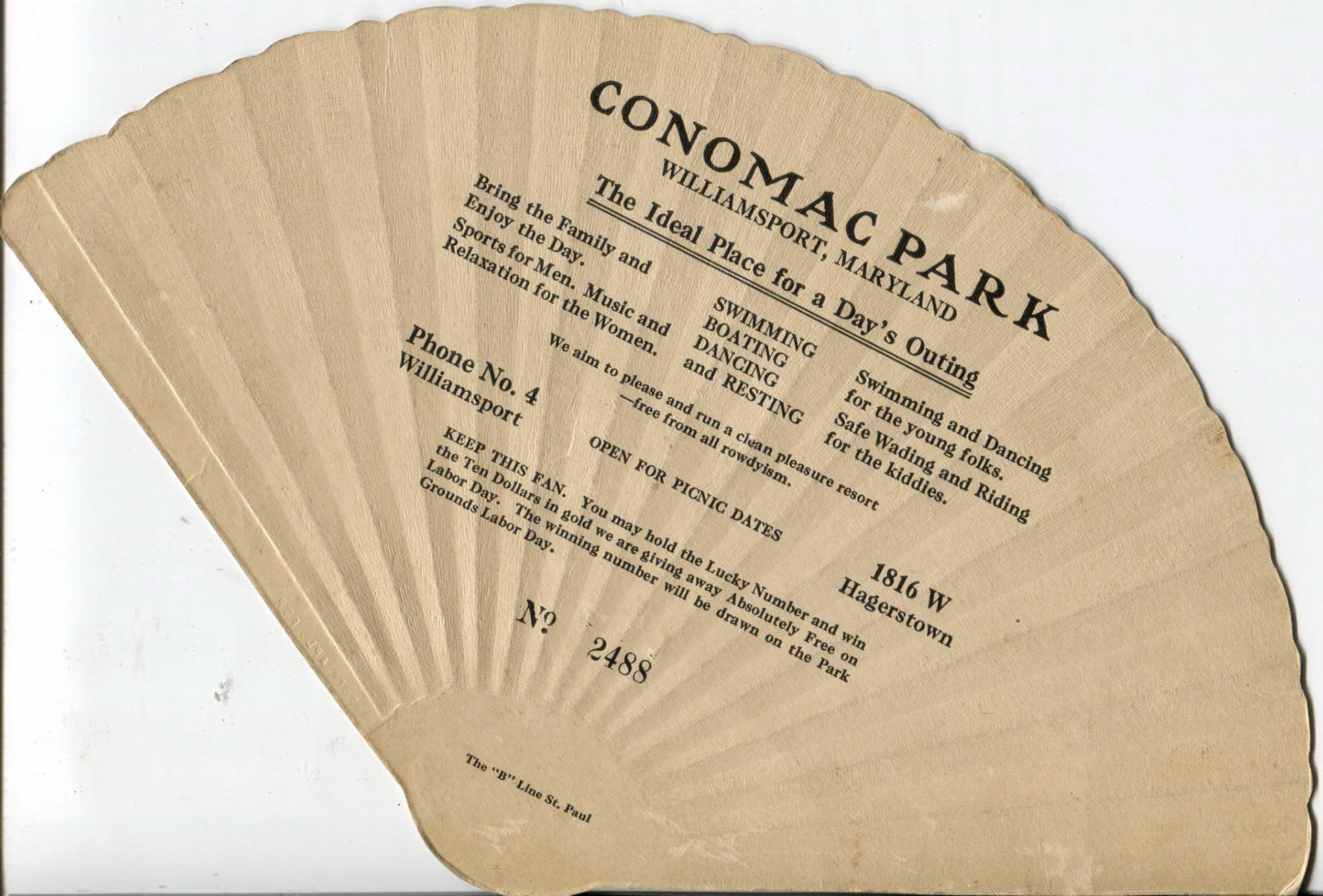
Boats were for hire to glide the creek. . .
and camping for the weekenders.
In April of 1930, Bessie sold her park to two Pittsburgh amusement men, James R. Armstrong and James A. Colbert.
Both men were experienced park operators and work began on the new dancing pavilion and bath house, while engineers rearranged the park layout and improved the landscape.
Bess Lemen held the mortgage.
The local newspaper reported crowds of over 6,000 having visited the park on a mid-summer Sunday afternoon.
On St. Patrick's Day 1936, a perfect storm sent torrents of rain water and melted snow cascading into the Potomac River valley [see Flood of 1936]. From Cumberland to Great Falls, the Potomac swelled out of her banks. At Williamsport, the river crested at over 49 feet, four feet higher than the famous Johnstown flood of 1889.
With no where to flow, the Conococheague Creek overflowed destroying homes, businesses, and Conomac Park. In the photo below the Conococheague Creek bridge and Conomac Park are completely submerged.
Bess Lemen foreclosed on the mortgage. No serious attempt was ever made to rebuild the park. The era of the amusement park was drawing to conclusion and Conomac Park was spared the slow, final descent of so many other parks such as Pen Mar, Mount Alto, and Caledonia.
After clean up, little league ballgames resumed on a much smaller scale. In the 1950s Bess donated the land to the little league.

